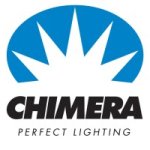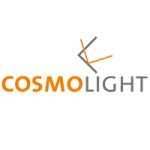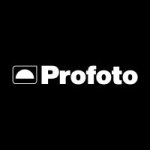Vote Top Photography Lighting Manufacturers
- Thread starter Splendor
- Start date
-
- Tags
- photography lighting
Currently reading:
Vote Top Photography Lighting Manufacturers
How to vote: Each entry is linked to a post. Go to an entry's post and click the "Like" button in the lower right of each company logo to cast your vote. You can vote for as many companies as you'd like, and you can also change your votes as well. Only registered members are able to vote. Only companies listed in the Global Lighting Industry Directory (GLID) can join as candidates. Click here to submit a company to GLID if your company is not in our database.
Similar threads
- Article




















